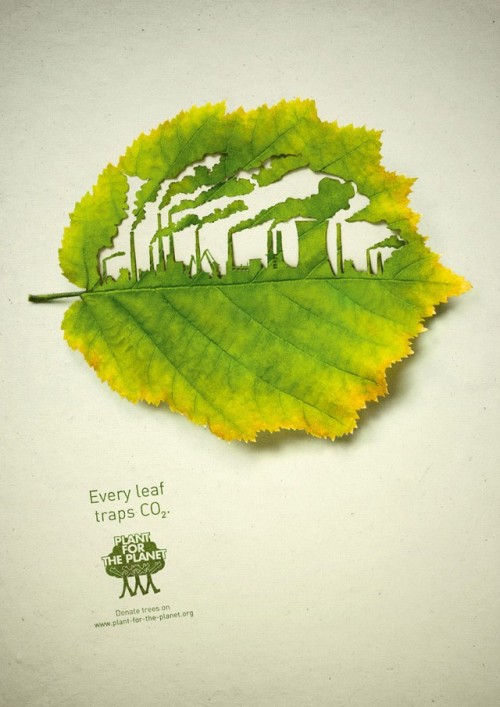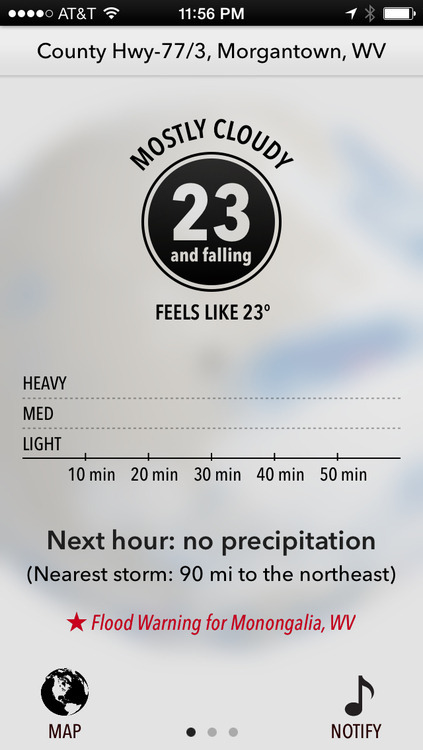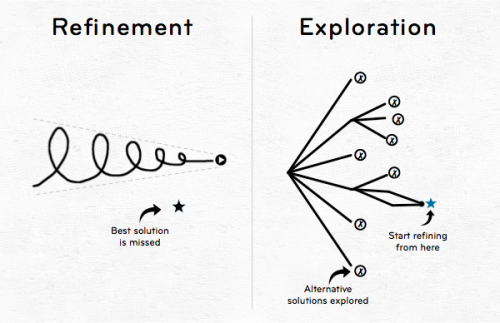I’m a fan of responsive design where it makes sense. This is the best and most simplistic guide I’ve seen related to the topic.
Thoughts on Engineering, Photography, and Design.
Hey, I'm Ryan Heath. I design & develop things for a living and play with cameras for fun. This is where I share my thoughts on all of that — and probably more — along the way.

If I had to choose a career other than web design/development, I think I’d try my hand in advertising. I see far more not-so-good ads than great ones, but when I do see the great ones, they’re inspiring. What a creative outlet advertising must be.
I’ve been following a Twitter feed for a while related to this: @Brilliant_Ads.
One of the most difficult aspects of design is staying focused on the function.
Dark Sky recently released a new version of their app. I’m not going to dissect its entire UI, because on the whole, it’s an incredibly well-designed app (and remains one of my favorites). But in an attempt to highlight where form may have inadvertently beaten out function, I’ll reference the first screen you see when the app opens:

Overall, it’s lovely. But notice where the current temperature is placed… a black, bordered circle with rainbow text. Additionally, it neglects to incorporate the one symbol that identifies, immediately, that this is a temperature reading: the degree° symbol.
But why? Why the circle? Why rainbow text? Why no ° symbol? My guess is because form, in this case, won over function, which should rarely be the goal. It certainly does look good, but if it doesn’t make sense functionally, it can’t win. It almost feels more like a logo or an avatar, not a key piece of information that this app is trying to convey (to be honest, my first thought was Michael Jordan, not the fact that it’s 23° outside).
And yes, once you know what’s going on, it’s easy to dismiss it in the “your brain is now trained” sense. That might pass if I only had a few apps on my iPhone, and I used this one every single day. But that’s not the case. Instead, I have screens full of apps, which means tons and tons of different UI’s to interpret, and I actually don’t open this app daily. So maybe therein lies the rub.
At the end of the day, this is something I still struggle with, and probably always will. Even the great designers at Dark Sky aren’t perfect. Given that, when I see these things in other designs, it serves as a reminder that function must beat form in order to achieve the best result. Today, Dark Sky was that reminder.
The craftman’s desire for quality poses a motivational danger: the obsession with getting things perfectly right may deform the work itself. We are more likely to fail as craftsmen, I argue, due to our inability to organize obsession than because of our lack of ability.
I design and build software for a living. There’s a lot of care and attention to detail that goes into software and design. And that’s what I do. It’s my craft.
Generally speaking, working in this industry has sharpened my eye. I seem to notice (and care) more and more about the detail that was put into everyday things. But I have to question if today’s “craftsman” can compete with those of the early days?
For example, I’m still in awe of the old, classic muscle cars. They’re timeless in a lot of ways. What cars of today will my grandkids look back on and wish they had? Even the latest Mustangs and Camaros are paying homage to the classic designs.
And what about music? Some of my favorite songs come from artists before my time. Subjective, I know, but I can’t help but wonder what music from today will still be selling in 40 years? I certainly don’t think Bieber Fever will last that long.
Maybe one of the most disappointing observations of all comes from modern day homebuilding. It’s just not the same. On the grand scale homebuilding has lost something. There’s no character or charm, rooms are just boxy and boring. That single-family, two-story bungalow with the wide porch pillars, tall baseboard, and detailed moldings is hard to find these days. If that’s your style, you might have to buy one built in the 1950s and renovate it.
Being only 31 years old, I realize it’s not entirely fair for me to speak to how they used to do it; but when compared to the craftsman of old, there’s clearly something missing from today’s output.
I believe the solution starts with the individual. We need to bring the craftsman back to craftsmanship. Care about what you do. You won’t be disappointed and the outcome(s) will undoubtedly lead you to a more fulfilled life.

One of the most challenging parts of design is breaking out of the mold and doing something entirely different. It’s hard to innovate while refining a single thought. Apple has had much success with this concept using their 10-3-1 design process.
This graphic is an attempt to illustrate why it’s important to (as the cliche goes) “step outside the box” when designing. I apologize to the original creator, as I cannot remember where I first stumbled upon this.
A subset of the Foreward in a book I’m currently reading:
In that way, this book is not unlike a more ubiquitous tool and platform, the U.S. Interstate Highway System. Today, we take it for granted, mostly, but its numbering system at one point had to be designed. At a time when telephone poles lined dirt trails, Bureau of Public Roads employee Edwin W. James and committee were asked to come up with a more expandable system as roads were growing in the 1920s. They designed what we know today as the Interstate Numbering System. Prior to that, people relied on color codes for direction. Telephone poles were ringed with color bands lined highways, corresponding to individual dirt trails across the country. As trails expanded, telephone poles became painted from the ground up, sometimes fifteen feet high, so trying to distinguish among colors became dangerous.
E. W. James changed that. He decided that motorists would be able to figure out where they were at any time given the intersection of any two highways. North/south highways would be numbered with odd numbers; east/west with even numbers; and numbers would increase as you go east and north. The Interstate Numbering System was designed for expansion, anticipating the future contributions of people, cities, unexpectedness. It’s a tool. It’s a platform. And it’s still not done nearly 100 years later.
Love that perspective. The Foreward is by Liz Danzico. The book is The Shape of Design.
Quite honestly this video blew my mind on a number of levels. As he states in the very beginning, the gist of it is:
Creators need an immediate connection to what they’re creating.
Scorekeeper is a minimalistic scorekeeping app. It has a very thoughtful UI that uses icons, color, sound, and just the right amount of animation. I love how the reordering happens a few seconds after you update the score so you can change a few at a time. Even if you don’t have a user for it, watch the video.
What’s next for camera design? Hopefully this. WVIL: Wireless Viewfinder Interchangeable Lens.
